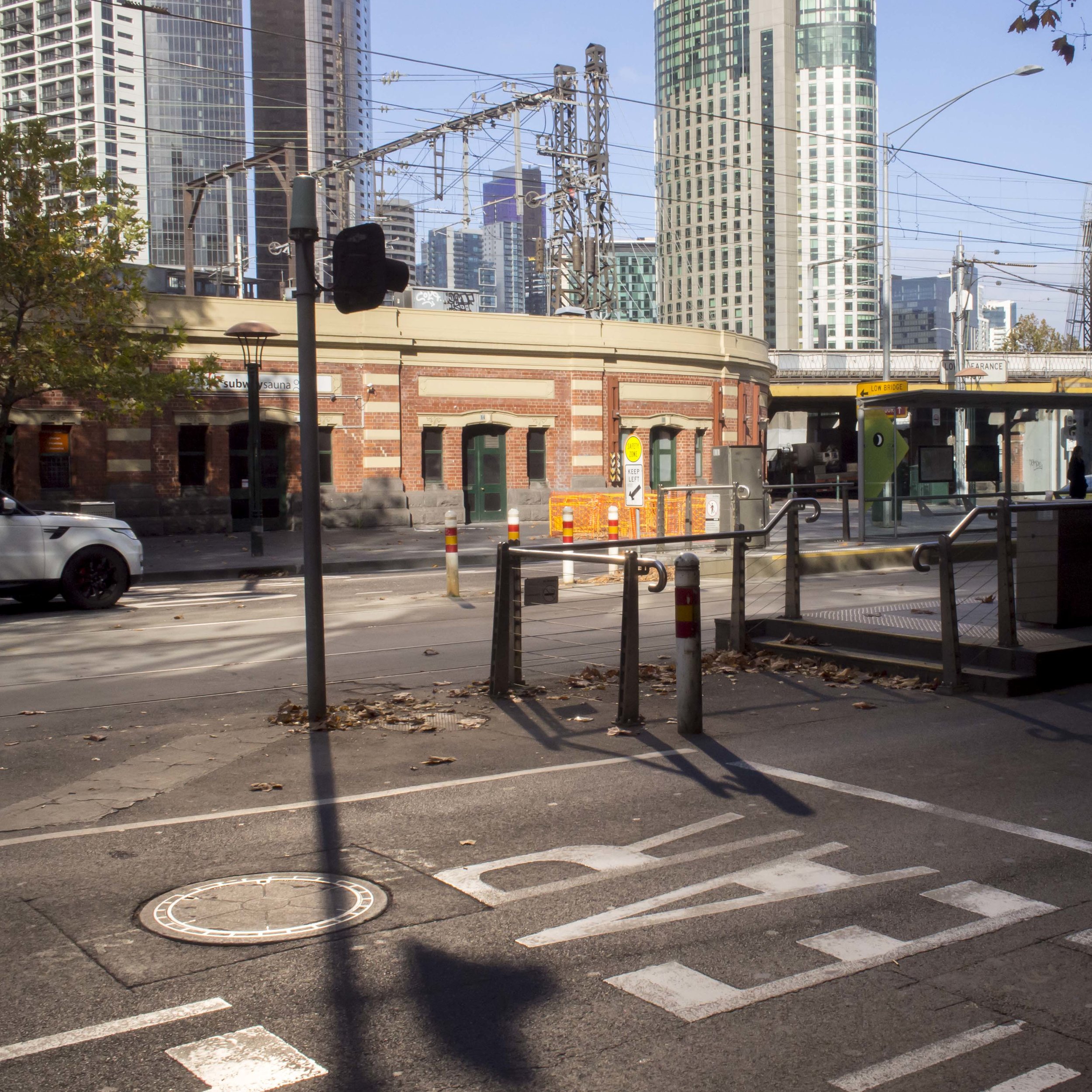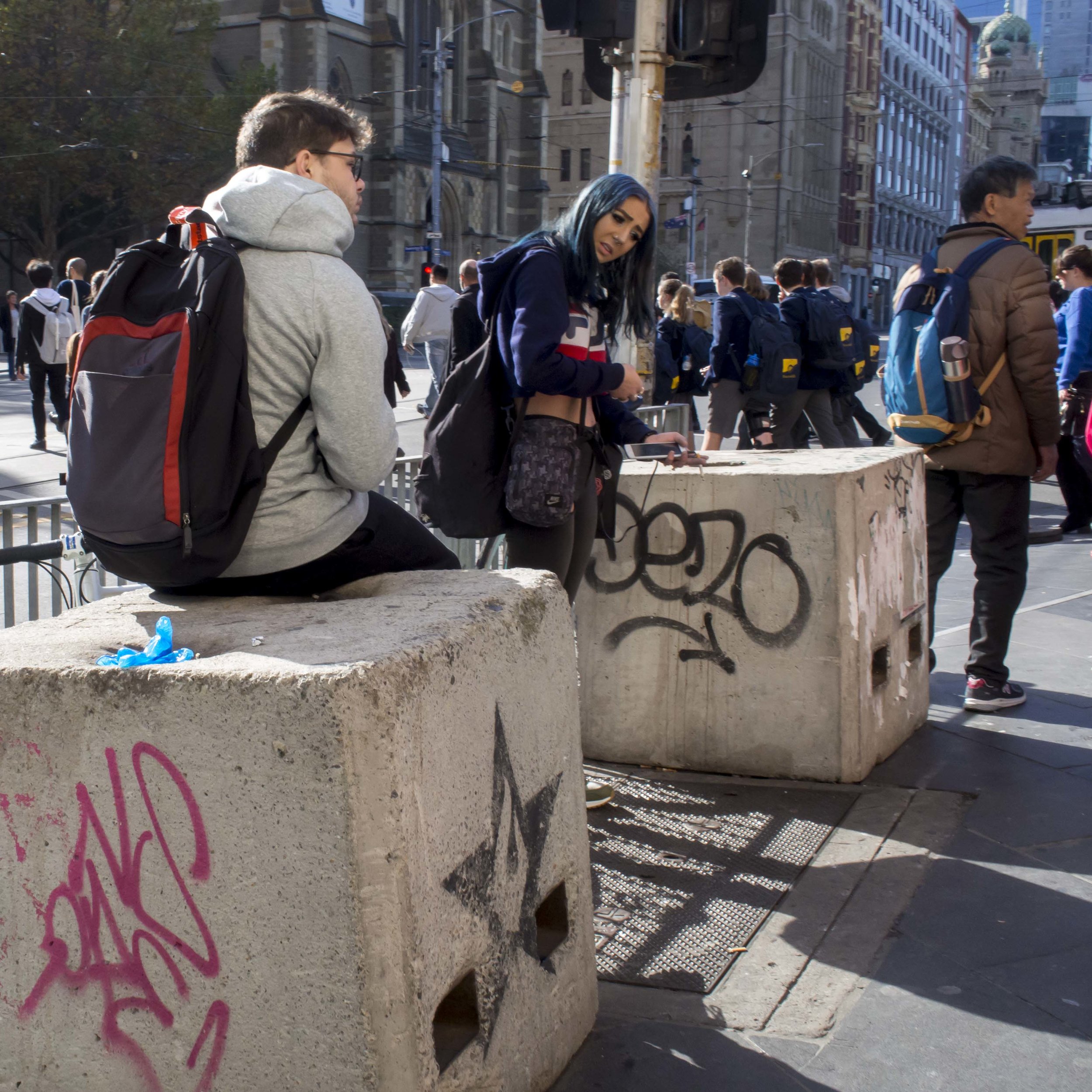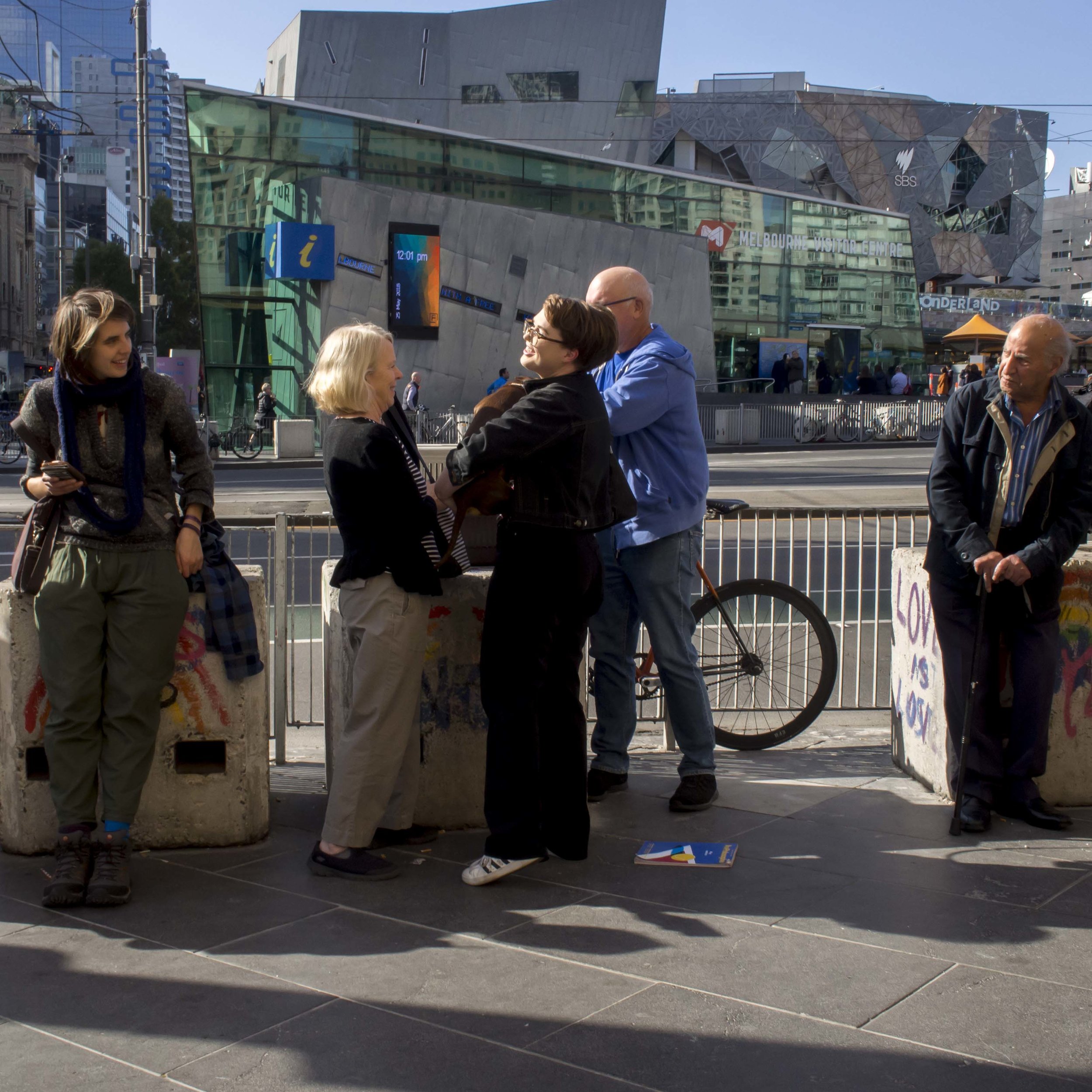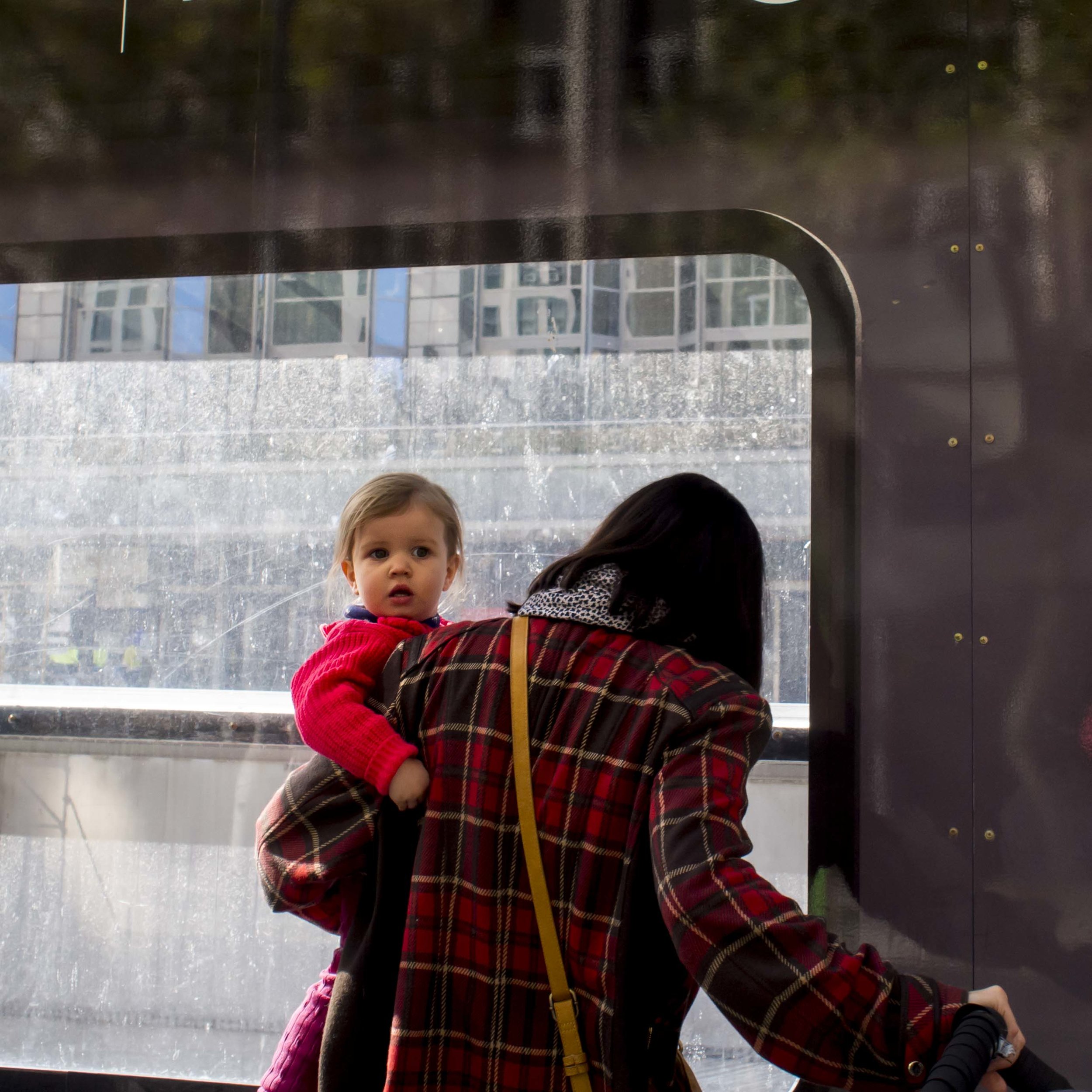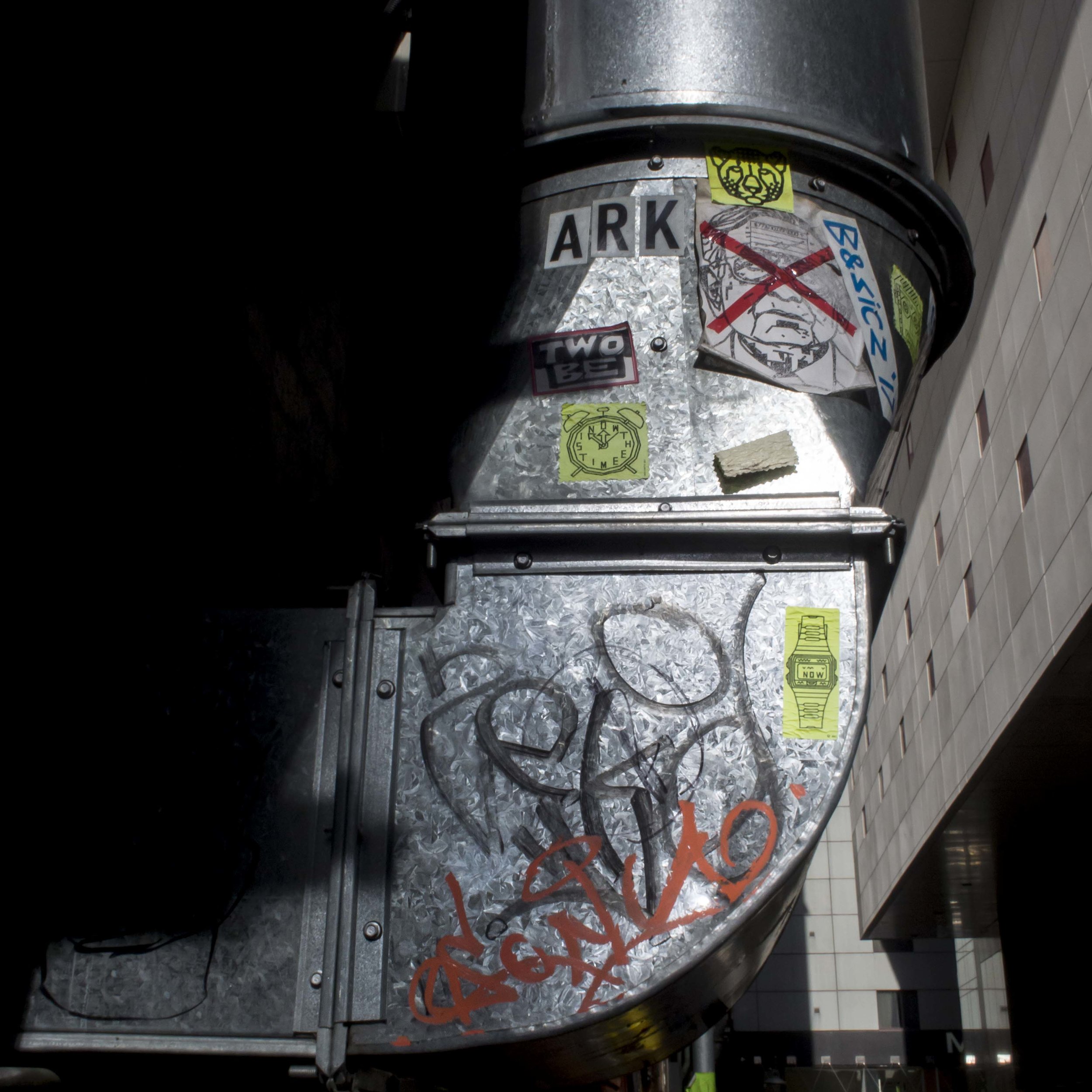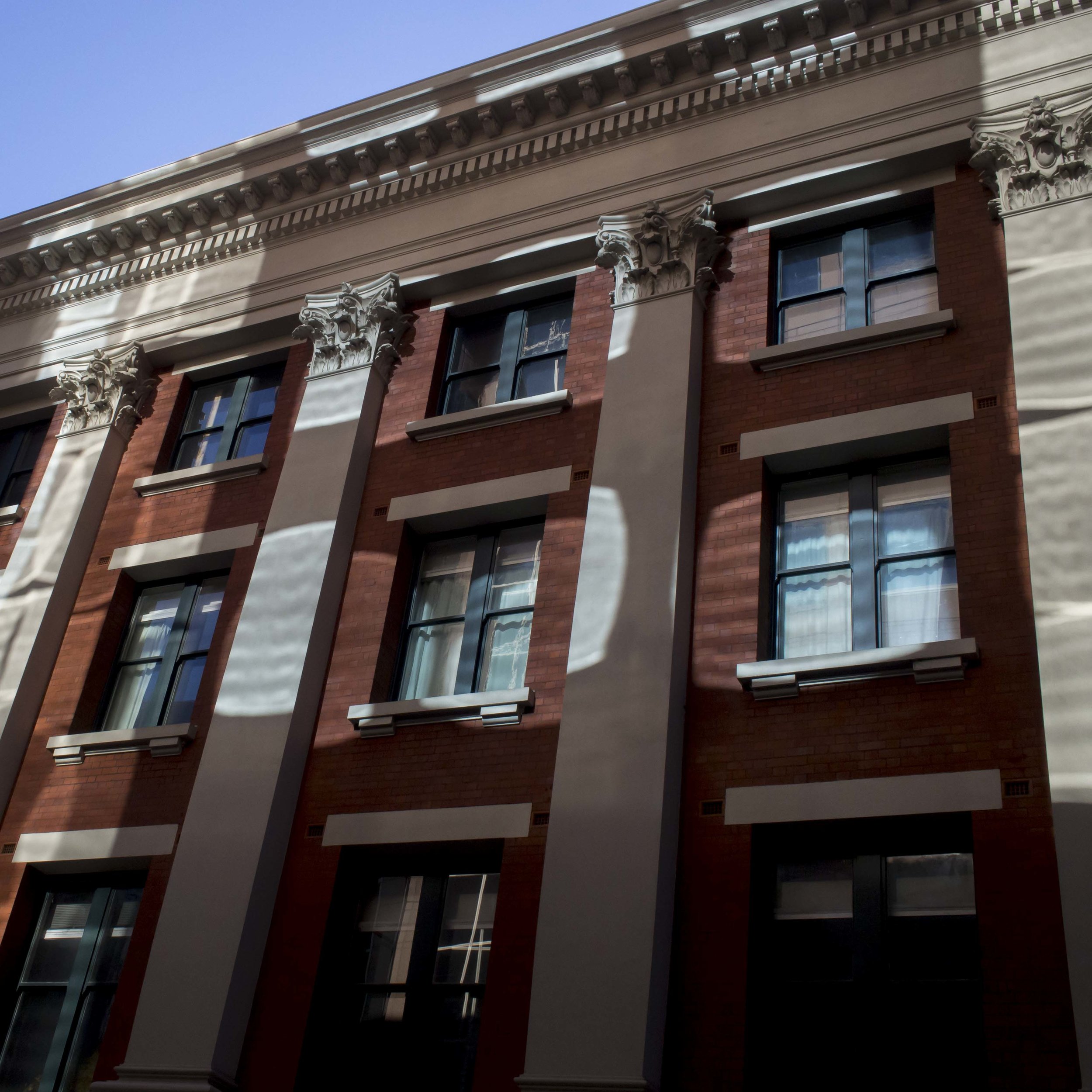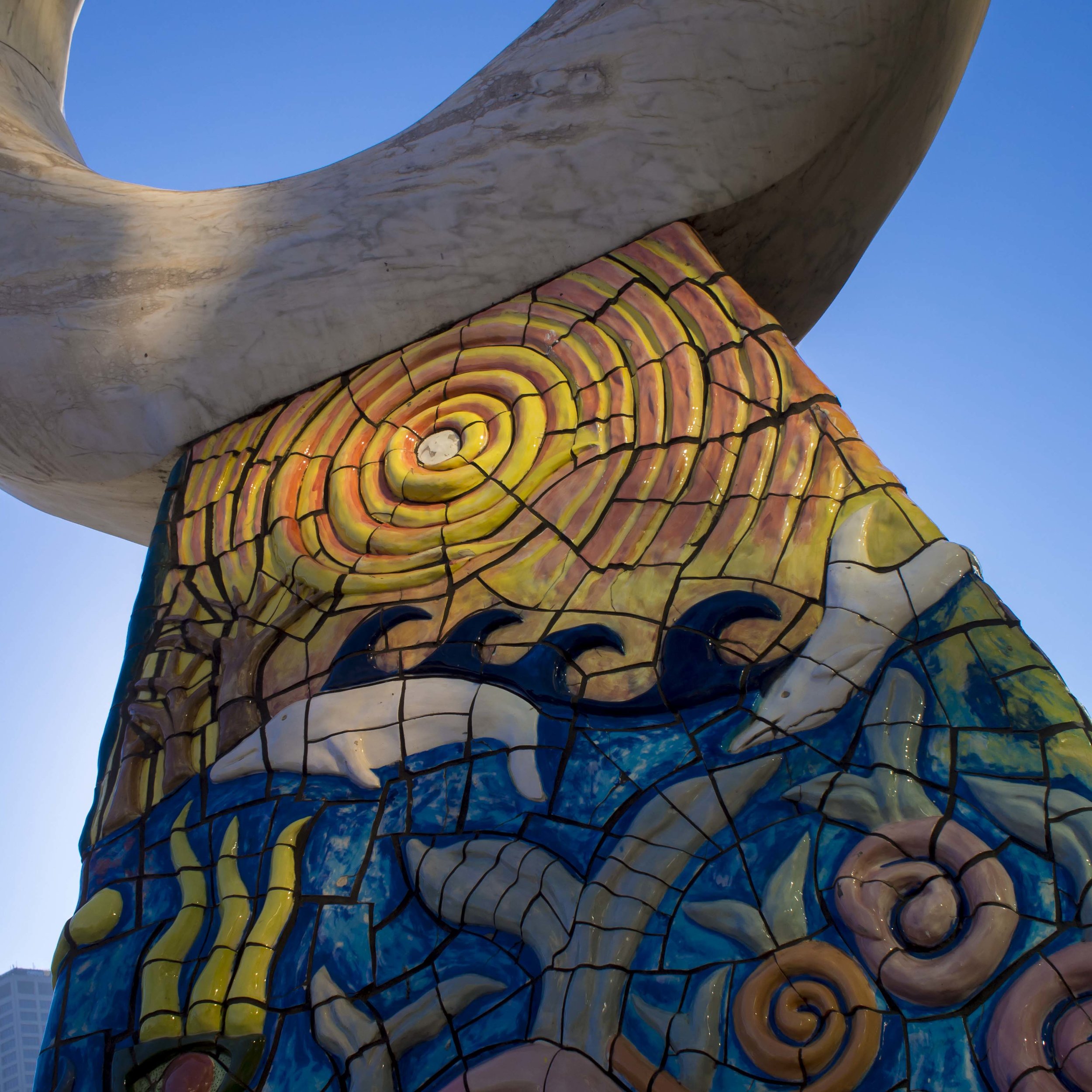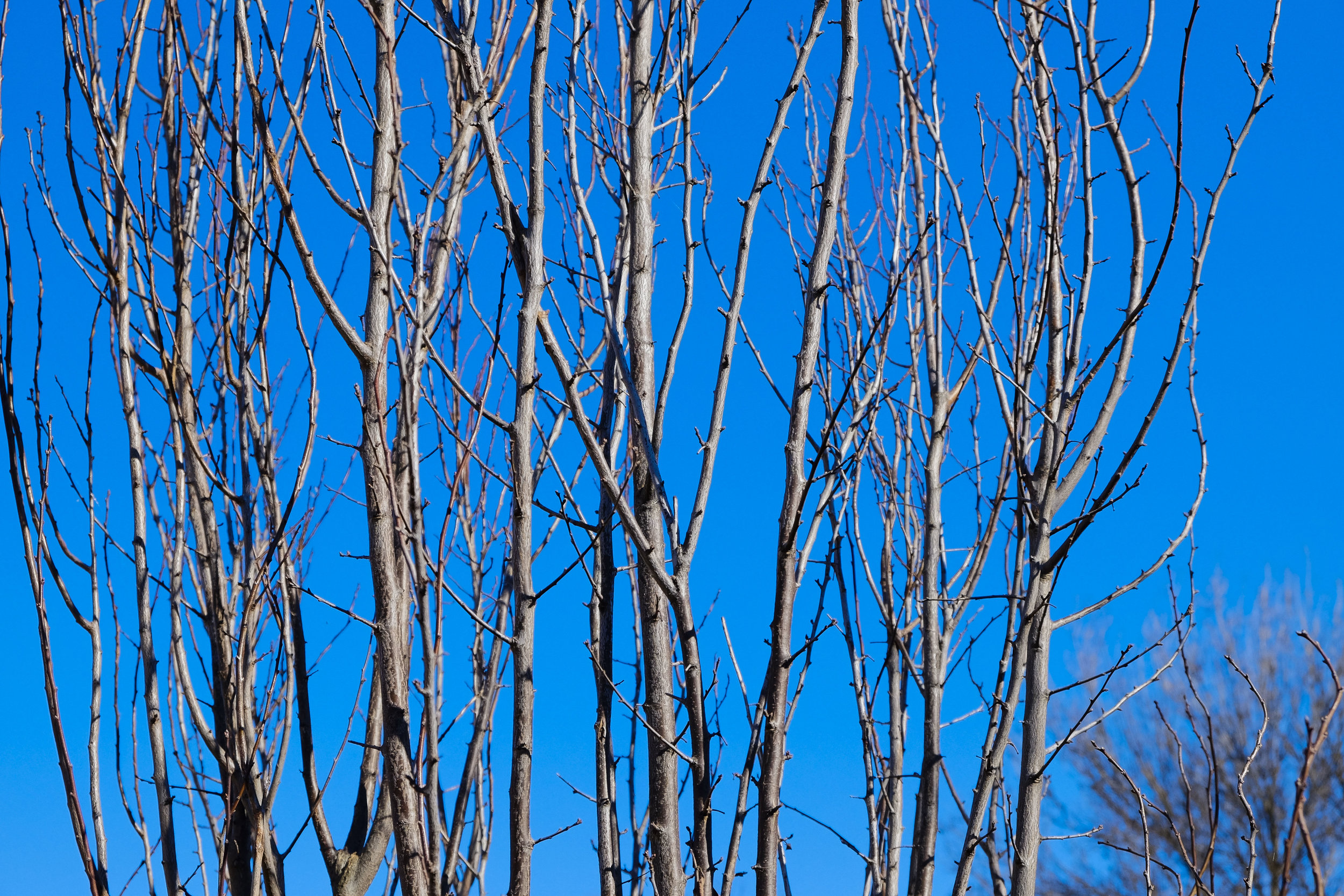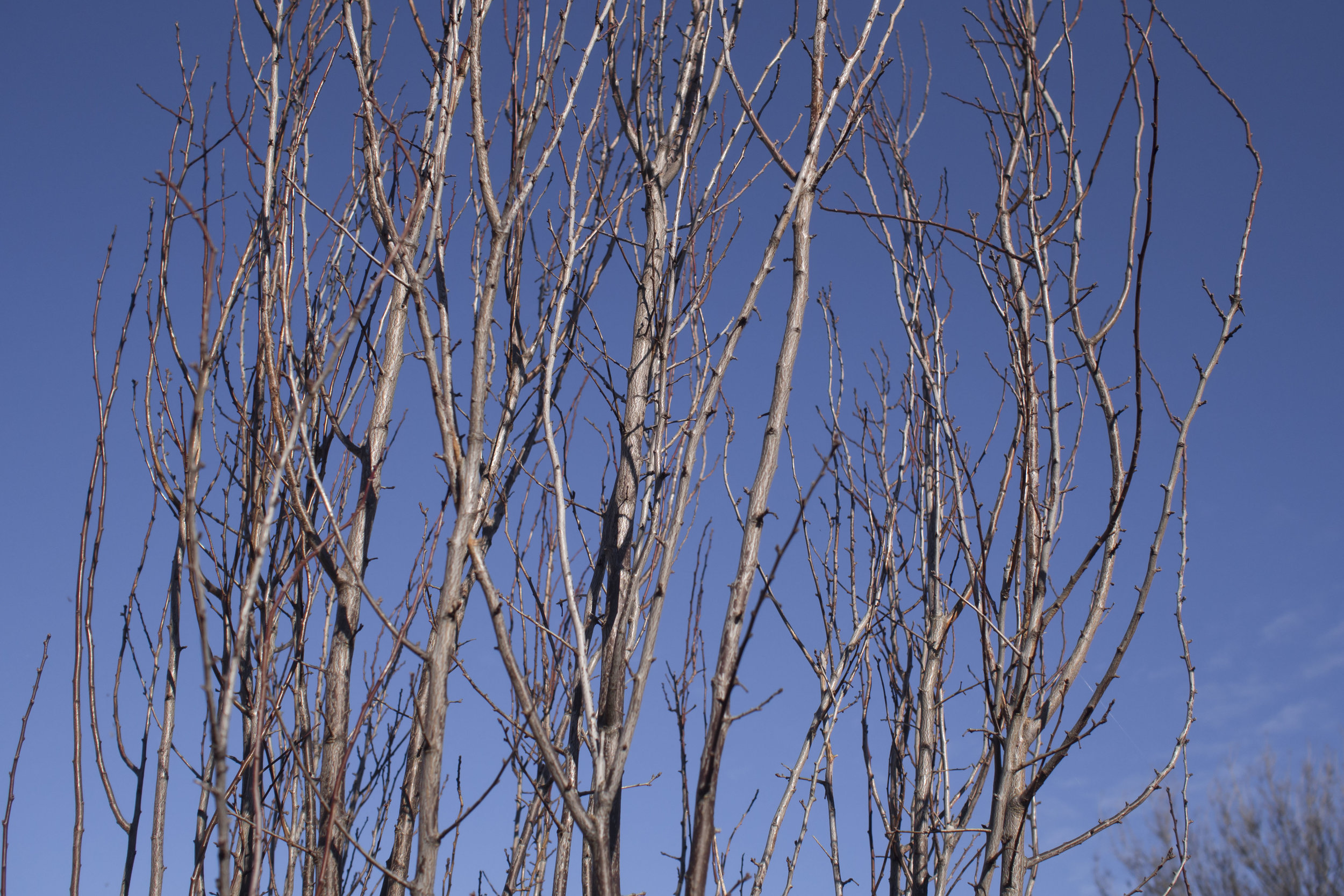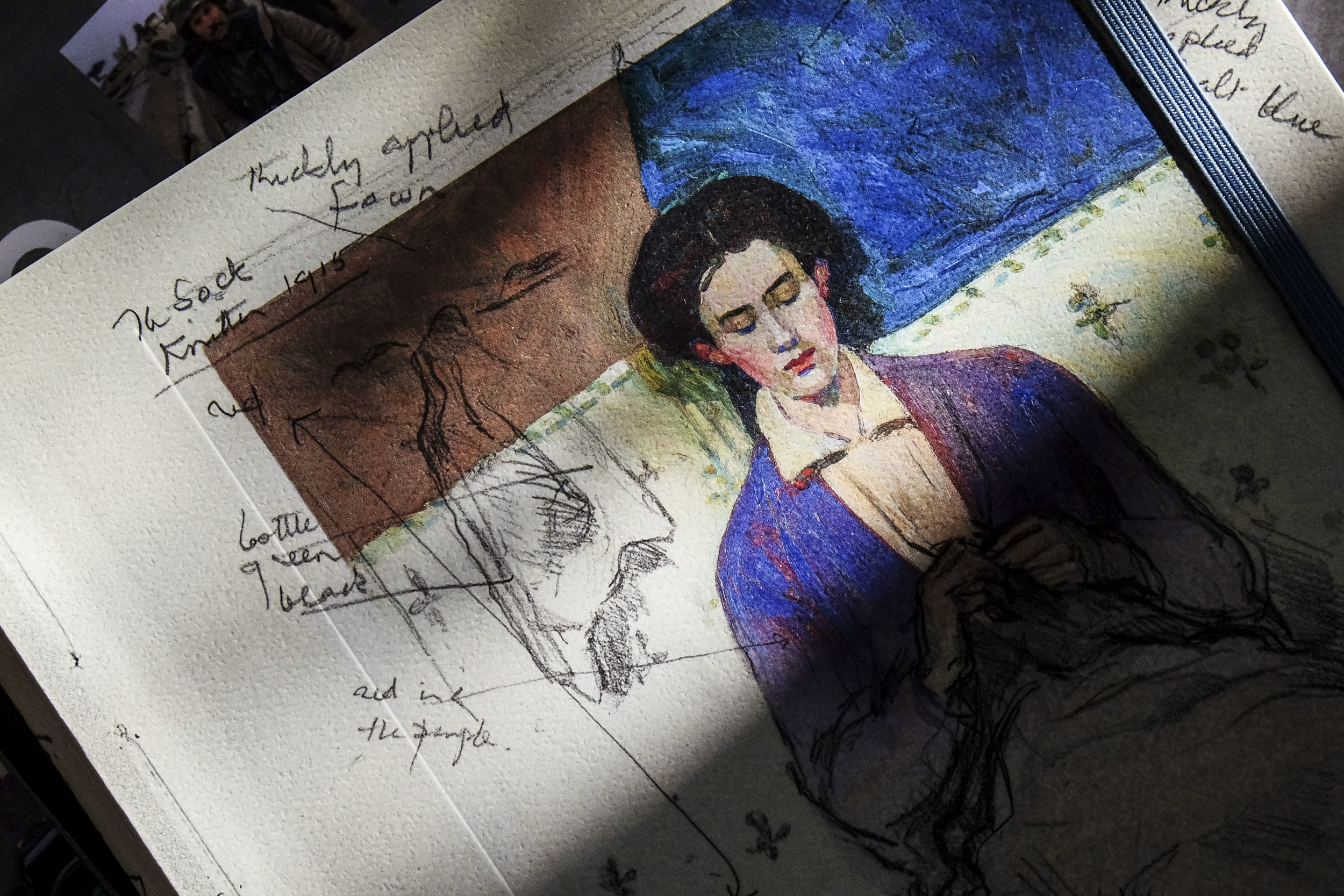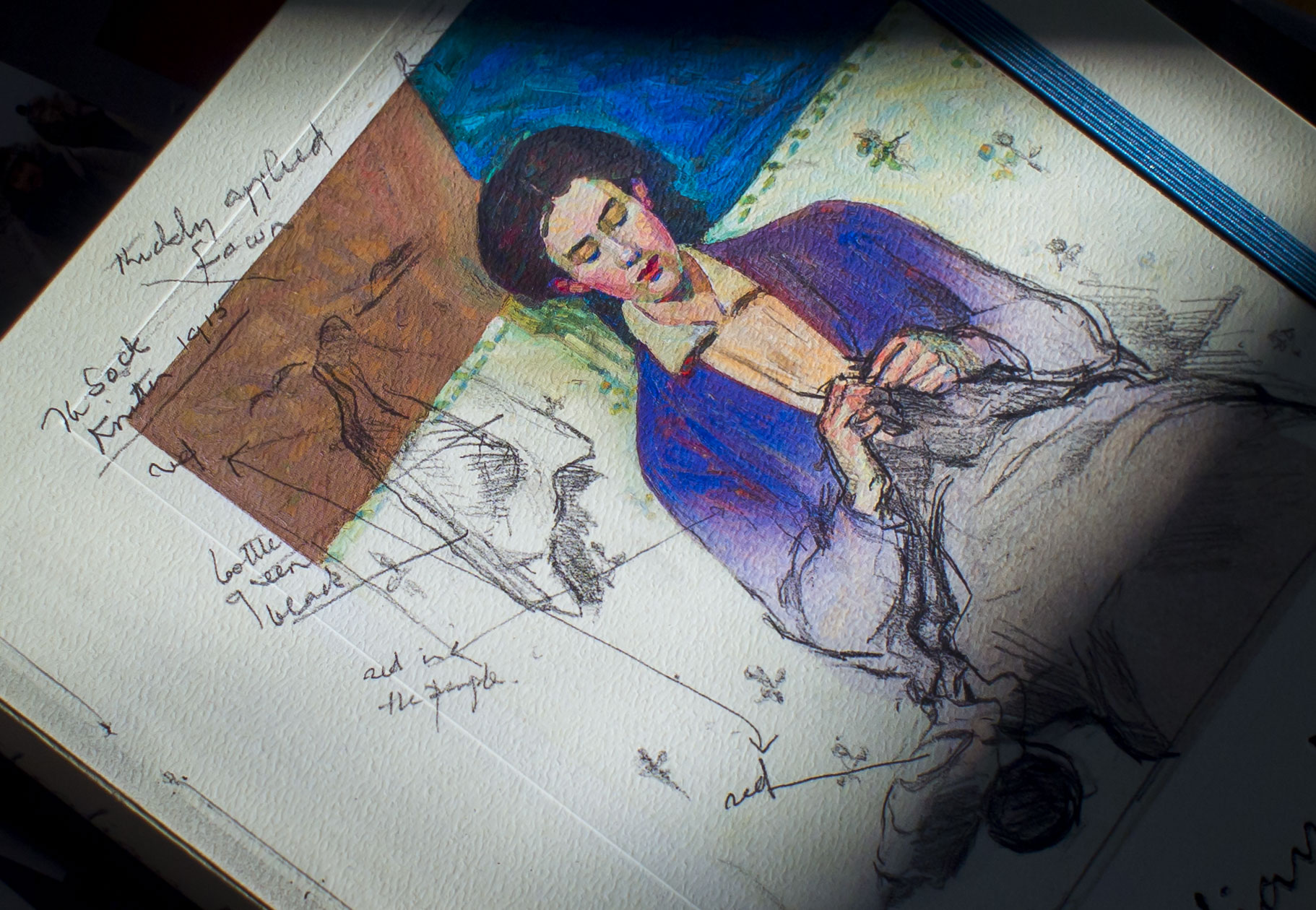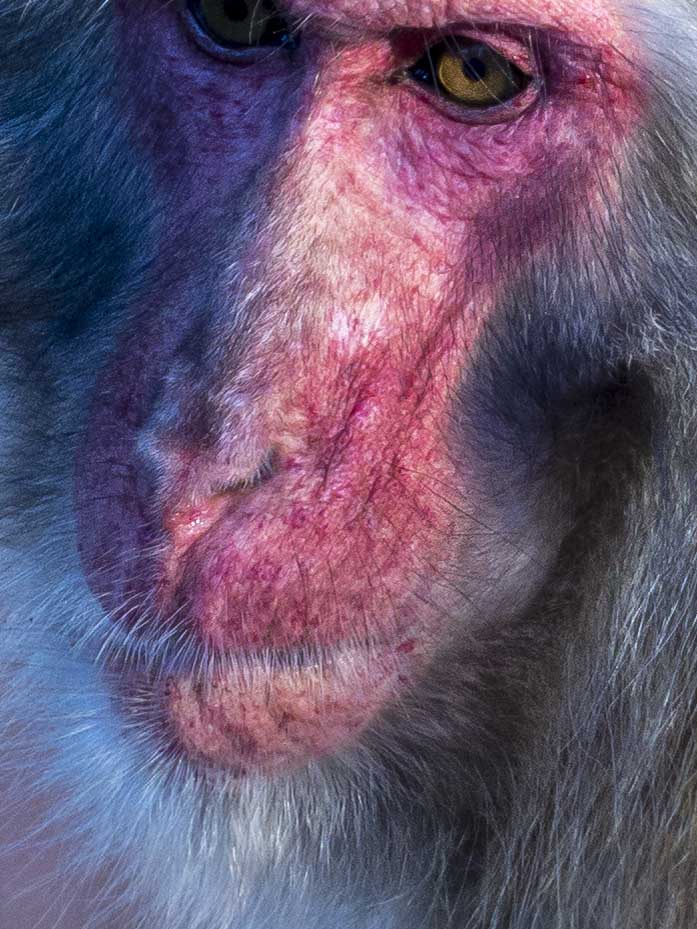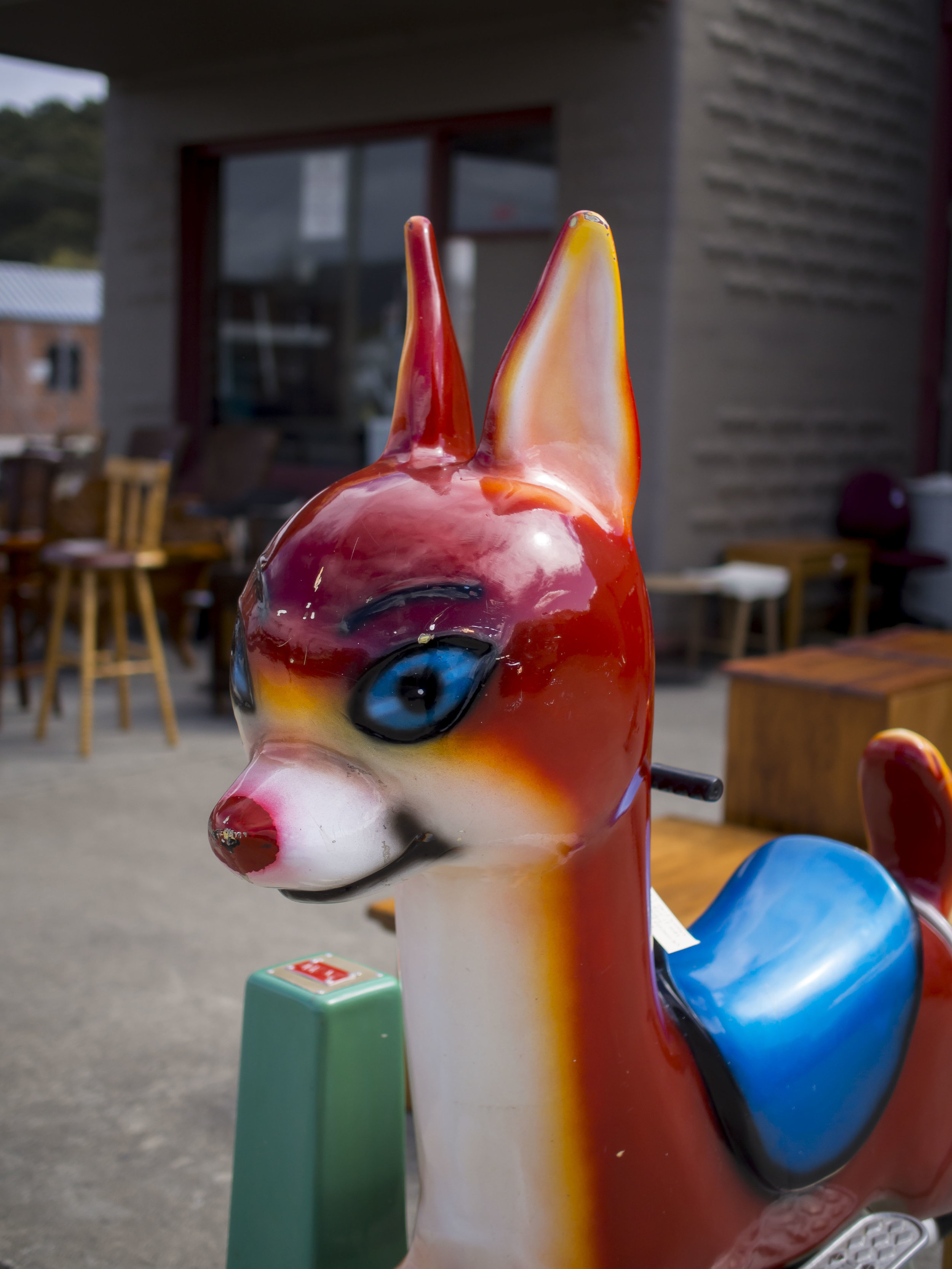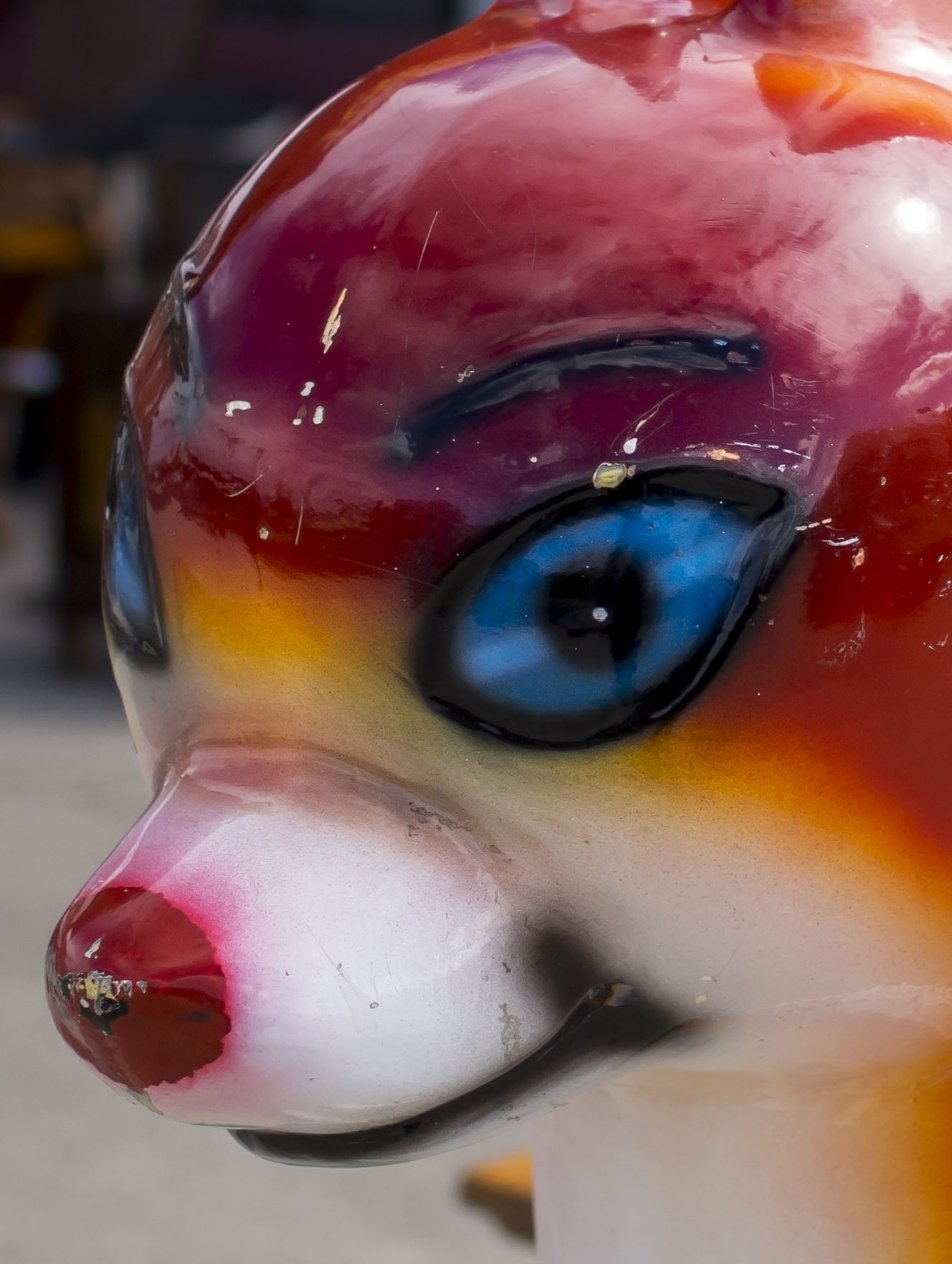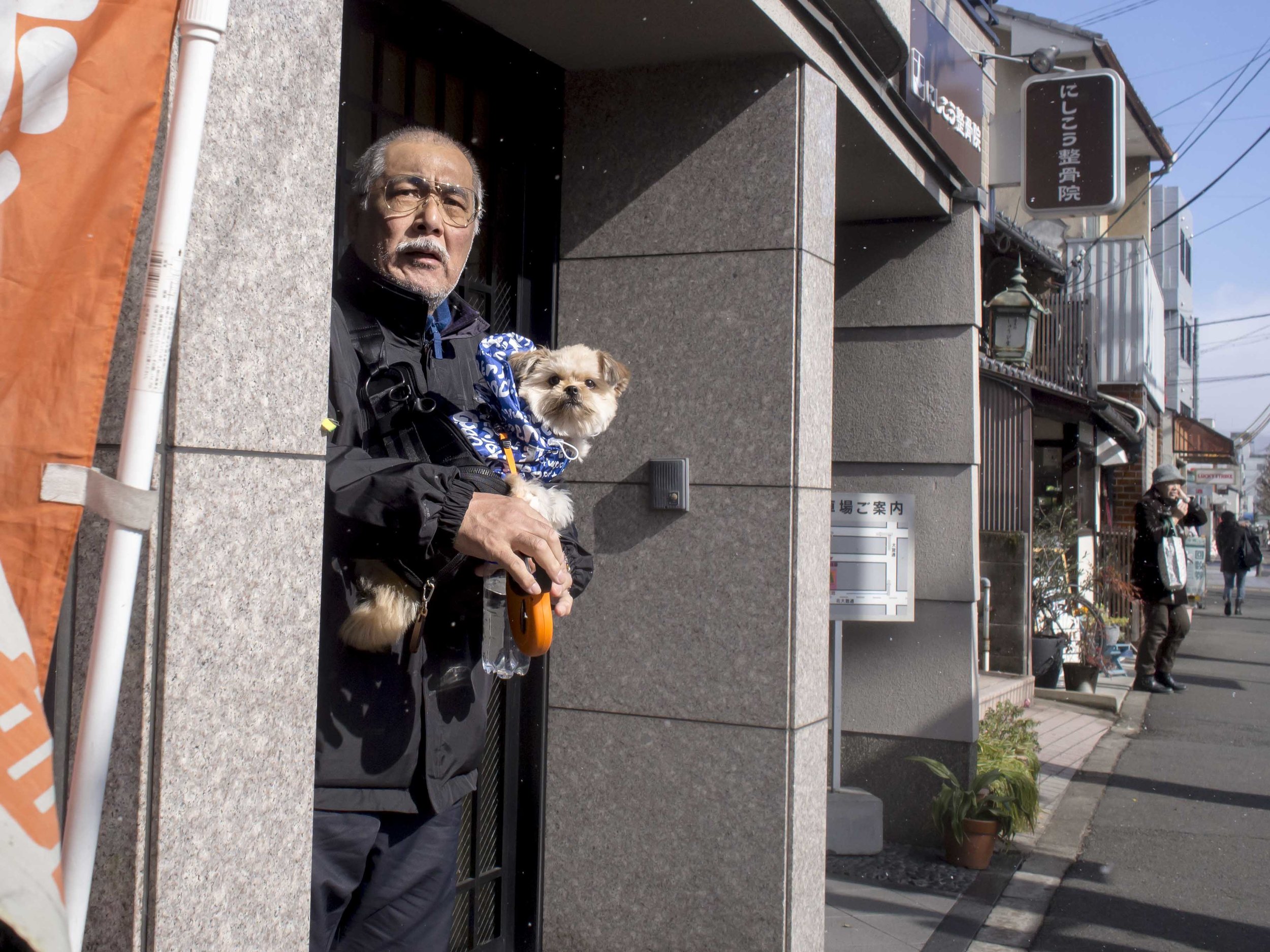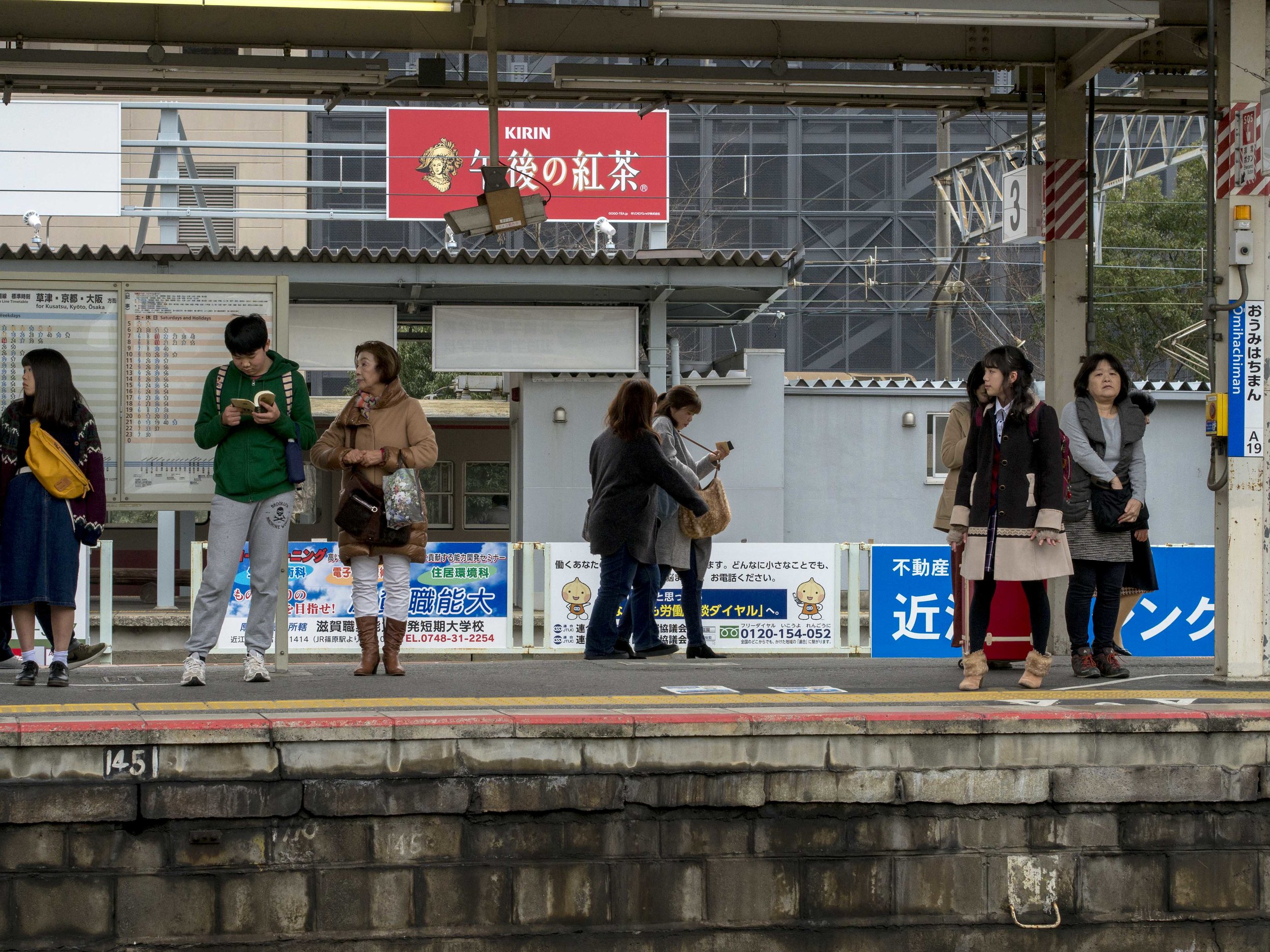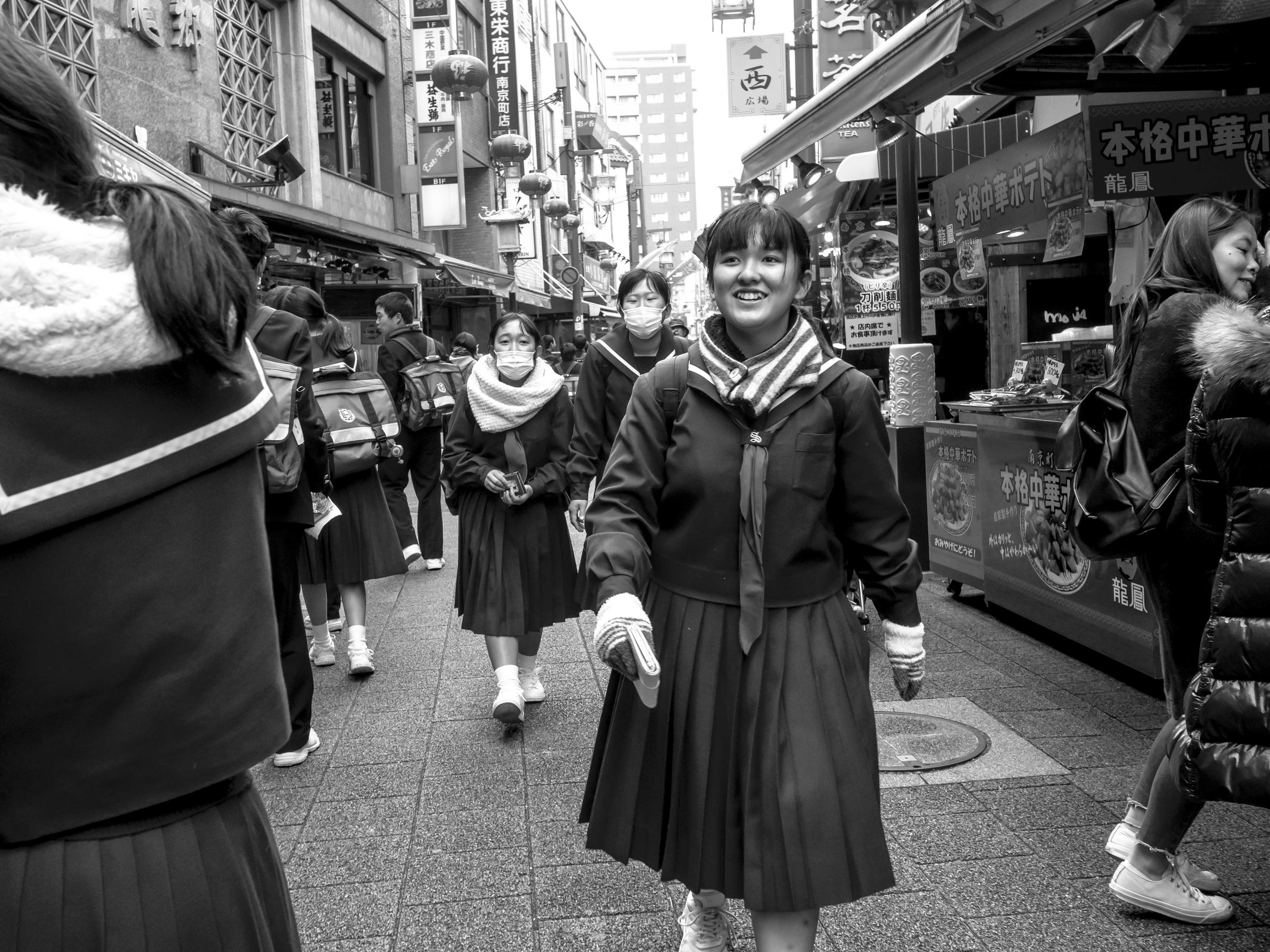What I have learned here is;
Modern lenses and cameras are getting better and better, reaching a point of technical sufficiency. More is really excess or to relieve photographer limitations. There is little to be gained from the super lenses on offer unless you are going to really stress them in the specific area they are designed to excel (often fast apertures) and newer cameras are reducing limitations, but in most cases these limitations do not need to be removed.
This is especially evident when the end product is considered. For blogging, book publication, fine art prints up to a size and blogging etc, most cameras and lenses produce better images than needed.
Ask an Olympic sports photographer if they could do with more speed, accuracy and resolution and the answer will be yes, but ask them if they could do their job 20 years ago, they will also answer in the affirmative, it just took more time, planning and skill. They will also be the ones out of a job when the guy in the bleachers can shoot 16k video in the near dark, lifting out award winning images through image saturation alone.
When you have been in the photographic world for long enough it dawns on you that you have been basically looking at the same images over and over for years. Advertisements are the most telling. I remember some amazing shots, taken in the seemingly distant past of great sporting or wild life events on film, without fast motor drives, manually focussed. The quality when viewed in a magazine, glossy brochure or even bill board was/is sufficient to impress. We are now being coerced by ideas not realities. I keep a few ancient (90's) magazines around to remind me.
Can you tell the difference between a 72dpi or 300 dpi A3 print at a normal viewing distance? There are many examples of people educated in the field not being able to. This also goes for cameras. I remember reading a review of the new Canon G9 super compact camera on The Luminous Landscape blog. The reviewer was using it to make record keeping images made with his main camera, a 50mp medium format model. He was so surprised by the quality he made a bunch of prints (fairly big, A2-3?) and showed them to his friends, all fellow photographers. The only way any of them could tell the difference between the images was the different depth of field rendering of the formats, but they usually could not pick a clear winner or even work out what the trick to question being asked was. Some even preferred the colour from the Compact.
The same site recently compared prints from three Canon cameras (an 8, 20 and 50mp). Yes you could tell the difference between the extremes on close inspection, but at normal viewing distances not really. The things that were not rendered by the 8mp camera (a small red and white sign on a door) were still not perfectly clear (i.e. readable) with the 50mp images. This also bring up the subject of relevance. Would the image be better if you could read the "no parking over driveway" sign?
Ok. I have strayed off topic a bit, but the examples are many, comparing big vs small, real vs perceived, lens A vs B, all leading to the same conclusions; we can now easily measure better than we can see, but measuring is often pointless in the real world. Kudos to you if you just bought that super lens or monster camera, but I warn you, for your own sake, don't go comparing it's results to lesser lenses or even worse ask a non photographer what they think. Their lack of shared enthusiasm can be heart breaking.
Try it yourself. Show a group of average people an image taken with a compact or older SLR of low MP rating and a different image made with a state of the art camera. Be fair and offer up two of your favourites images processed as well as you can, preferably both done recently so your own skill and processing preferences are the same. Don't tell the viewers what they are responding to, just show them the prints. I bet no one will pick or even care what differences there are in the images technically, only aesthetically (remember photo blogs are written for other people with the same interest, but the bulk of the viewing public has no such interest).
On the bright side, all of those older images you took on redundant cameras and formats, are still just as relevant now as when taken.
Modern photographers are not limited by gear, only ability, skill, practice, time and subject matter.
*
* One of my favourite explanations for the difference between mathematics and science goes something like this;
"Mathematics plots and measures the probable, science proves it". Two examples are the Titanic that "could not be sunk". The first field experiment horribly proved otherwise and the Bumblebee that apparently, mathematically cannot fly.








